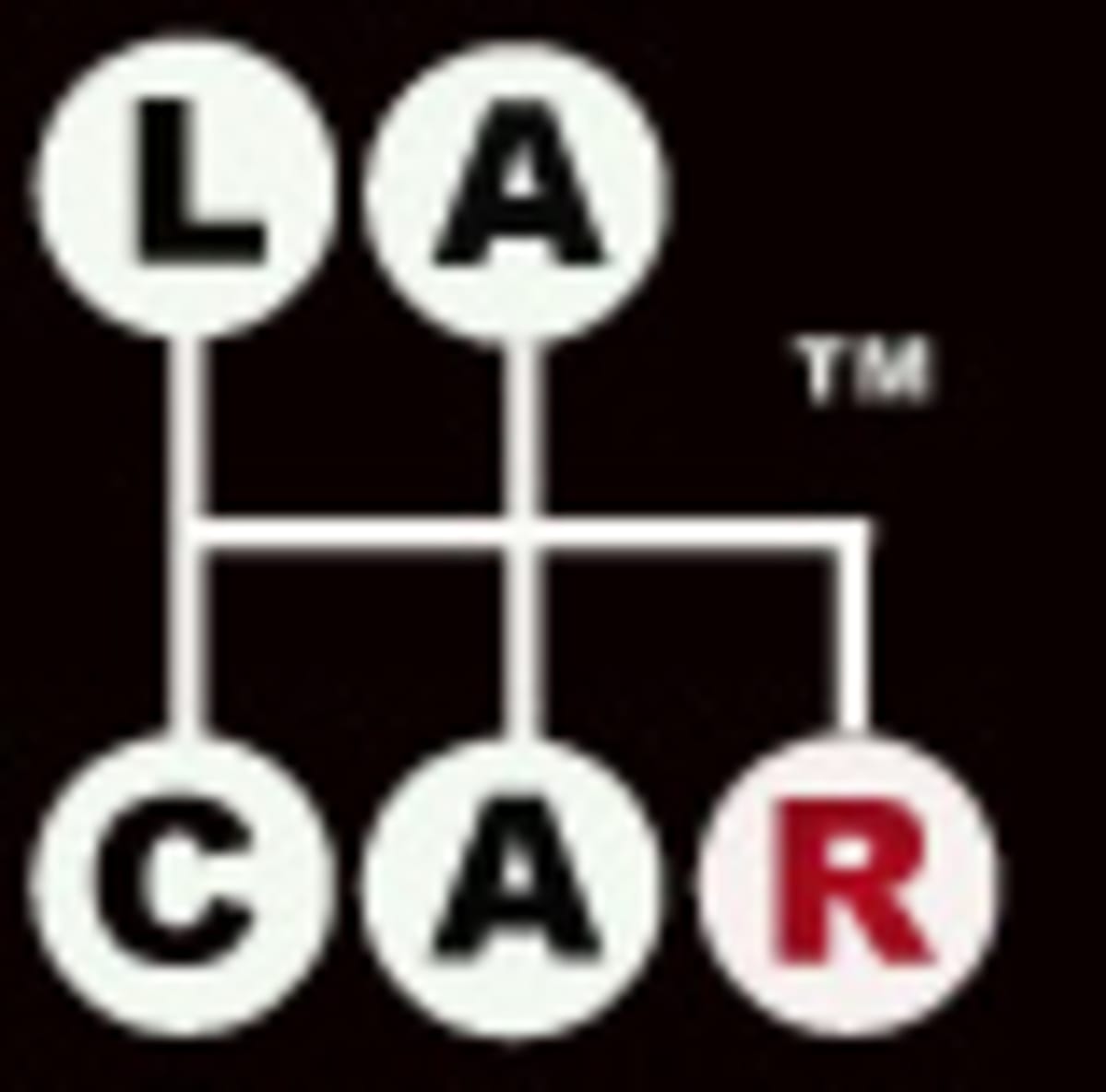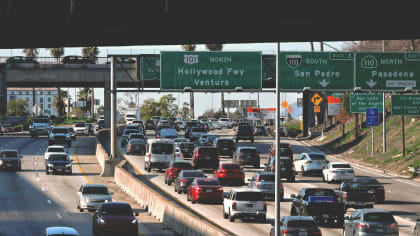ROADSTER NIRVANA
This article is from our archives and has not been updated and integrated with our "new" site yet... Even so, it's still awesome - so keep reading!
Published on Mon, Oct 12, 2009
By: The LACar Editorial Staff

ROADSTER NIRVANA
The third generation Miata also produced a change in the suspension for the
first time. A front wishbone/rear multilink suspension was used beginning with
the 2006 MX-5 to increase ride quality and handling. Technologies like traction
control and stability control were also added.
In 2007, Mazda offered, for a new Power Retractable Hard Top model. Opening and
closing cycles last only 12 seconds, making it the fastest power-operated
retractable hard top in the U.S. , and the only retractable hardtop on the
market that doesn't compromise trunk space (the top goes behind the front
seats). Additionally, the Hard Top added only 77 pounds to the total weight of
the car.
With this most recent iteration (which we'll call Generation 3.5), Mazda brings
forth a number of significant changes. On manual transmission models, the MZR
2.0-liter engine's redline has been bumped up 500 rpm, to 7200. Making this
higher redline possible are a new forged steel crankshaft, forged steel
connecting rods with floating wrist pins, revised pistons with stronger wrist
pin bosses, stiffer valve springs, and an engine oil cooler.
The original 1.6-liter 1990 model was tuned to mimic the sound of
dual-carbureted sports cars of the '60s. While the 1990 Miata did just that, it
drew in hot underhood air from behind the radiator. Today's engine draws in cool
air from the nose of the car for better efficiency, but a lightweight plastic
composite intake manifold has been designed to transmit certain frequencies that
match the classic sports car sound profile, while suppressing less enjoyable
sounds. For Generation 3.5, 6-speed manual models also get an Induction Sound
Enhancer (ISE). Made up of a series of tuned pipes and a passive resonance
membrane, the ISE delivers the engine's natural induction sound to the cowl,
just ahead of the windshield, so pleasing engine sounds can be delivered at a
comfortable volume without resorting to simply being loud.
The new MX-5's 6-speed also delivers a better shift feel, thanks to a new carbon
coating on the 1st through 4th gear synchros and larger diameter synchros on 3rd
and 4th gear. 6th gear is slightly taller (0.787:1 vs. 0.832:1) for improved
fuel economy and more relaxed highway cruising. The engine's output on paper
increases only slightly (now making 167 hp at 7000 rpm, up from 166 hp at 6700
rpm).
Mazda also improved the handling for Generation 3.5. The front suspension still
consists of lightweight forged aluminum double wishbones, but the outer ball
joints have been repositioned slightly to lower the front roll center about an
inch. Damping has also been re-tuned on both the standard suspension and the
Bilstein-equipped suspension package. The optional traction control and
stability control systems have also been re-tuned to be less intrusive during
sporty driving. As a result, the 2009 MX-5 reacts more precisely to driver
commands, with more linear responses, better balanced front and rear roll, and
better yaw response.
The MX-5's exterior design retains the iconic feel of the earlier generation
MX-5 Miatas. The body is shaped to make the cockpit the widest portion of the
car, delivering a roomier design that still expresses the compact look of a
lightweight sports car. Head and tail lamps are mounted inboard to reinforce the
sense of compactness that is so central to the car's design philosophy. Joining
this modern shape are tail lamps and rearview mirrors that suggest the
elliptical shapes of the first-generation MX-5 Miata.
For Gen 3.5, the MX-5 gets a happy face akin to the rest of the current Mazda
line, with re-shaped headlamps, a larger, five-point grille and highly-sculpted
triangular front fog lamp bezels. The new design is functional as well. The
bulge below the front fog lamps, the wider air deflectors ahead of the front
tires, the redesigned side sills, the reshaped lower corners of the rear bumper
and even the taillights all are said to contribute to a lower coefficient of
drag.
Changes to the interior for 2009 seem to be focused on the areas the driver
touches most. The seat shape has been refined for better lower-body comfort. The
center console has been redesigned for more flexible storage and, and better
comfort, with a padded armrest now residing behind the shifter. Even the bottle
holders in the doors were changed, evidently with driver comfort in mind.
Also new for Gen 3.5, the MX-5 adds standard features including an
auxiliary-audio input jack and a CD player with MP3/WMA playback capability. The
quality of craftsmanship in the MX-5 gives it a look and feel well beyond its
price. From the details of bright-trimmed gauges to the "dark silver" finish on
the dash, the MX-5 feels and looks more expensive than before.
Does this mean that the MX-5 has reached roadster nirvana? The truth of the
matter is, the MX-5 had already reached nirvana many moons ago. Sports car
aficionados, what we get today goes beyond nirvana. It has a fun-to-drive
quality that is rarely equaled in other cars. Many faster and higher performing
cars require putting the accelerator pedal to the metal to bring out the
adrenalin. Not so with the MX5.
In the pursuit of driving enjoyment, the MX5 Miata remains one of the best-kept
secrets.
SUMMARY JUDGMENT
Mazda has further perfected the perfect sports car roadster
For more information about Mazda products, go to
www.mazdausa.com
SPECIFICATIONS
Name of vehicle:
2009 Mazda MX-5 Miata
Price
Base: $26,350
As tested: $29,170 (Suspension Package 1SP, Premium Package 2PR)
Engine:
2.0L DOHC 16-valve 4-cylinder with VVT (MZR)
Horsepower:
167 @ 7000 rpm
Torque:
140 @ 5000 rpm
EPA-estimated miles per gallon (city/highway):
21/28
Transmission:
Six-speed manual (optional 6-speed automatic with available sequential-shifting
manumatic mode on all models except Sport)
Drive configuration:
Rear-wheel drive
Brakes
Front: Power-assisted ventilated 11.4-inch disc brakes
Rear: Power-assisted solid 11-inch solid disc brakes
Suspension
Front: Independent double wishbone with stabilizer bar
Rear: Independent multi-link with stabilizer bar










